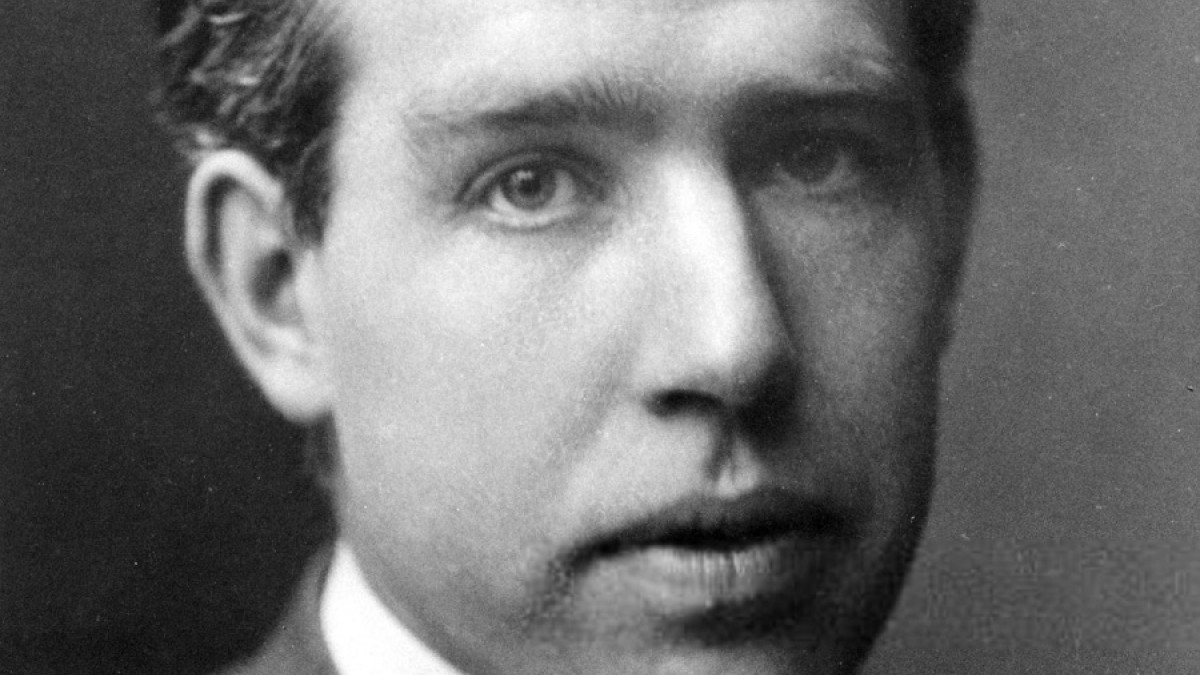James Clerk Maxwell is recognized as a pivotal figure in physics, largely due to his groundbreaking efforts in electromagnetism. The influence of his theoretical and empirical discoveries has spread throughout contemporary science and technology, driving progress from radio communication to the intricacies of quantum field theory. A detailed review of his primary achievements offers deep insight into how Maxwell redefined the scientific understanding of electricity and magnetism.
The Foundations: Unifying Electricity and Magnetism
Before Maxwell, electricity and magnetism were primarily studied as separate occurrences, each governed by its own principles. Groundbreaking figures like Michael Faraday, André-Marie Ampère, and Carl Friedrich Gauss had established foundational concepts, but their discoveries were viewed as unrelated. Maxwell’s significant contribution was his ability to discern the fundamental links between them, utilizing meticulously developed mathematical frameworks and keen physical understanding.
His key achievement was the formulation of what are now celebrated as Maxwell’s equations. These four partial differential equations elegantly encapsulate how electric and magnetic fields are generated and interrelated through charges, currents, and dramatic variations in time. Summarized, they are:
Gauss’s Law for Electricity: Describes how electric charges produce electric fields.
Gauss’s Law for Magnetism: Expresses the absence of isolated magnetic monopoles, stating that magnetic field lines are always closed loops.
Faraday’s Law of Induction: Explains how a changing magnetic field generates an electric field.
Ampère-Maxwell Law: This law illustrates that magnetic fields are generated by both electric currents and fluctuating electric fields, a concept Maxwell introduced as the displacement current.
Maxwell’s synthesis and enhancement of these accounts produced a unified, consistent theoretical structure that combined electricity and magnetism into one phenomenon: the electromagnetic field.
The Prediction and Discovery of Electromagnetic Waves
The most significant forecast stemming from Maxwell’s equations was arguably the presence of electromagnetic waves. Through mathematical manipulation of his formulas, Maxwell determined that fluctuations in electric and magnetic fields were capable of traveling through space as waves, even without any physical medium.
Maxwell computed the velocity of these waves and, to his surprise, discovered it nearly perfectly corresponded with the observed speed of light. This remarkable finding enabled Maxwell to suggest that light is inherently an electromagnetic wave, thus merging the fields of optics and electromagnetism into a single theoretical framework.
This theoretical concept opened doors for other researchers, particularly Heinrich Hertz, to empirically confirm the presence of radio waves during the late 1880s. Hertz’s experiments not only substantiated Maxwell’s forecasts but also introduced groundbreaking technologies like wireless communication, radar, and subsequently, contemporary electronic gadgets.
Mathematical Rigor and Conceptual Innovations
Maxwell’s ability to encode Faraday’s qualitative concepts into rigorous mathematical language was instrumental in elevating the field. Where Faraday spoke of “lines of force,” Maxwell implemented vector calculus to formally describe how fields behaved and interacted. His use of differential equations provided clarity, making it possible for future generations to apply, test, and extend his model to a multitude of physical situations.
A key innovation Maxwell provided was the displacement current. Previous models could not account for situations in which the electric field changed over time but no physical current existed—such as in capacitors. By introducing the idea of displacement current, Maxwell reconciled the apparent breaks in Ampère’s Law, completing the symmetry required for wave propagation and ensuring mathematical consistency.
Extensive Influence on Contemporary Physics and Technological Advancements
Maxwell’s theories had ramifications that extended far beyond their immediate implications. Albert Einstein recognized Maxwell’s electromagnetic theory as the “most profound and the most fruitful that physics has experienced since the time of Newton.” The realization that the speed of light is constant for all observers formed the cornerstone of Special Relativity. Quantum electrodynamics, as well, has its roots firmly embedded in Maxwell’s classical field theory.
Engineering advances owe much to Maxwell’s legacy. Technologies like X-rays, laser devices, fiber optics, and the entire field of electronics stem from foundational principles established in his equations. Wireless communication, from early radio transmissions to cellular networks and satellite telecommunication, all trace the theoretical lineage directly to his wave equations.
Legacy and Perspective
James Clerk Maxwell’s contributions constitute more than a historic achievement; they form a continuous thread woven through every technical advance that relies on the control and transmission of electromagnetic phenomena. By providing a unified description of electricity, magnetism, and light, Maxwell illuminated pathways for both theoretical and applied sciences that remain relevant and essential today. The unity, generality, and predictive power of Maxwell’s work exemplify the enduring potential of scientific synthesis, shaping how humanity understands and utilizes the forces of nature.



